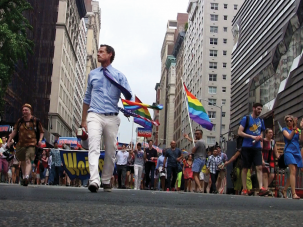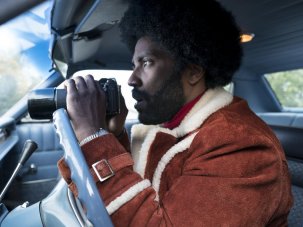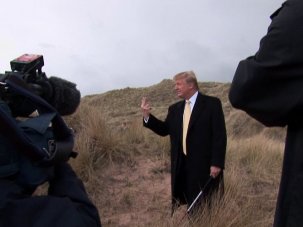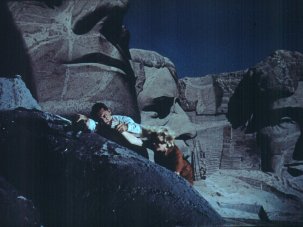In the news again this week – and you rather hoped he never would be – Donald Trump’s former in-house ideologue and short-lived chief strategist Steve Bannon is not a man who is easily silenced. He may have been dropped as a speaker from a festival organised by New Yorker magazine, but another prestige platform has given him space – the Venice Film Festival. Bannon is the subject of Errol Morris’s new documentary American Dharma, and although vigorous demolition is not the style of a filmmaker who likes to present his subjects for considered up-close scrutiny, you can’t help wishing Morris had given his subject a harder time, both in interview and in visual presentation.
USA 2018
95 mins
Director Errol Morris
American Dharma begins with Bannon striding determinedly across the cracked tarmac of a military airport runway. The reference is to Henry King’s 1949 Twelve o’Clock High, one of several films that movie buff – and sometime propaganda documentarist – Bannon uses to explain his thoughts and his own self-image. Unsurprisingly, John Wayne also crops up – and it’s evident that Bannon’s readings of the John Ford oeuvre are as crudely reductive as they come. For Bannon, Gregory Peck’s Air Force general in King’s film is the embodiment of dharma, which he defines as “a combination of duty, fate and destiny”; Bannon clearly sees himself as on a dharmic mission to lead the forces of populism in the US (and now, although it’s barely alluded to, in Europe, where he has vowed to unite the far right).
Interviewed by Morris, on a reconstruction of the air base set in King’s film, Bannon recalls the moment that he became aware of his mission to save America: the sight of the label ‘Made in Vietnam’ on a uniform at West Point. It made him realise that the war in Vietnam had been futile: all those lives, American and Asian lost just so that Vietnamese business could get the US taxpayer’s money. The film follows Bannon’s career from Harvard Business School via Breitbart News to the White House, and his progress as a populist ideologue. But American Dharma is frustrating as a vehicle for information, the screen often buzzing with media headlines, pop-up tweets and texts, making its narrative hard to follow, and it often assumes the viewer’s knowledge of key events in Bannon’s career, such as the downfall of congressman Andrew Weiner.
Disconcertingly, a calm, even affable Bannon comes across as eminently sane and rational – until that is, he starts sounding like Steve Bannon. Much of his political critique, notably of banking and information, could come from a leftist perspective: but he’s never far from breaking into wild-eyed pronouncements about an American revolution that he sees as inevitable. The nature of that dreamed revolution becomes apparent when we see footage of Charlottesville. Bannon reveals himself in all his cold-bloodedness when he glibly shrugs off any responsibility for the rise of the US extreme right: he claims that neo-Nazis are “a creation of the mainstream media”, as if the killing of Heather Heyer were simply not politically interesting enough to consider.
Little wonder that Morris, heard off screen, often sounds despairing – which weakens him as a questioner. He does his subject an ill-advised service in glamorising his apocalyptic tendencies; he ends the film with the set in flames, and Bannon walking off across the tarmac like a demon king (the film has previously aired comparisons with Milton’s Satan). Bannon emerges terrifyingly, and yet in a way that his admirers will probably love.















